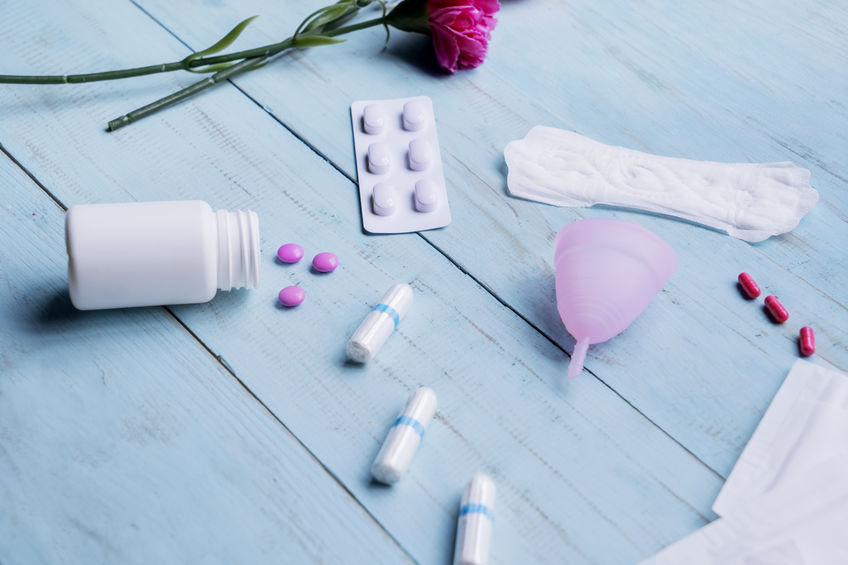Understanding Ovulation And Fertility
A person’s menstrual cycle can be an indicator of fertility. Knowing the beats of the cycle can help couples time intercourse to get pregnant. In just a short window of time, a person becomes most fertile, and the reproductive system works toward the fertilization of an egg. A recap of the stages of a typical 28-day menstrual cycle is a road map to a successful pregnancy.

Menstrual phase
The first stage, also known as a period, can last a few days to a full week or longer. The period begins when reproductive activity slows down. Hormones such as estrogen and progesterone drop, the uterine lining is shed, and the uterus releases blood, tissue, and mucus. Symptoms include cramps, mood swings, fatigue, lower back pain, and irritability.
Follicular phase
The follicular phase spans from the start of the period to the end of ovulation, which is 16 days on average. In the brain, the hypothalamus signals the pituitary gland to increase follicle-stimulating hormone (FSH). FSH stimulates the production of follicles containing an immature egg in the uterus. The idea is to produce at least one healthy and at most two on rare occasions. Estrogen causes a thickening of the uterine lining to provide nutrients for the potential embryo.
Ovulation
Ovulation occurs when the pituitary gland releases luteinizing hormone (LH). Ovaries release an immature egg, which goes down the fallopian tube to get closer to the uterus to be fertilized by sperm. For just 24 hours, in the middle of the menstrual cycle, the body’s basal temperature rises and produces a thicker discharge. After ovulation, the immature egg will dissolve if not fertilized. Sperm can live up to 5 days and fertilize an egg if a person has sex up to 5 days before ovulation.
Luteal phase
During the luteal phase, progesterone and estrogen levels are released to keep thickening the uterine lining in preparation for a fertilized egg. The follicle turns into a corpus luteum. If successful, the body produces human chorionic gonadotropin (hCG), which is the hormone used for pregnancy detection. If not successful, the corpus luteum withers away and is reabsorbed. Lower levels of estrogen and progesterone signal for the start of the period. If no pregnancy occurs, symptoms of premenstrual syndrome (PMS) can occur, including:
- Weight gain
- Mood changes
- Food cravings
- Bloating
- Swollen, tender, and painful breasts
Timing for pregnancy
Timing the menstrual cycle for the ultimate chance of pregnancy is easier said than done. Since every person’s menstrual cycle differs, the schedule can vary from person to person. In addition, some people have irregular schedules and variables within the stages. Environmental changes can also affect the menstrual cycle. The best way to time for fertilization is to track periods from start to finish in detail, including the days of bleeding and spotting to get a better idea of when to have sex. For more information about tracking ovulation, speak with a healthcare provider.




